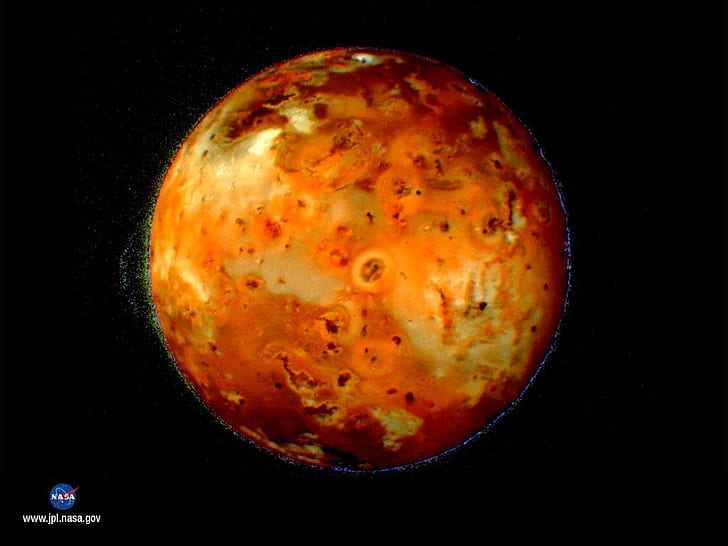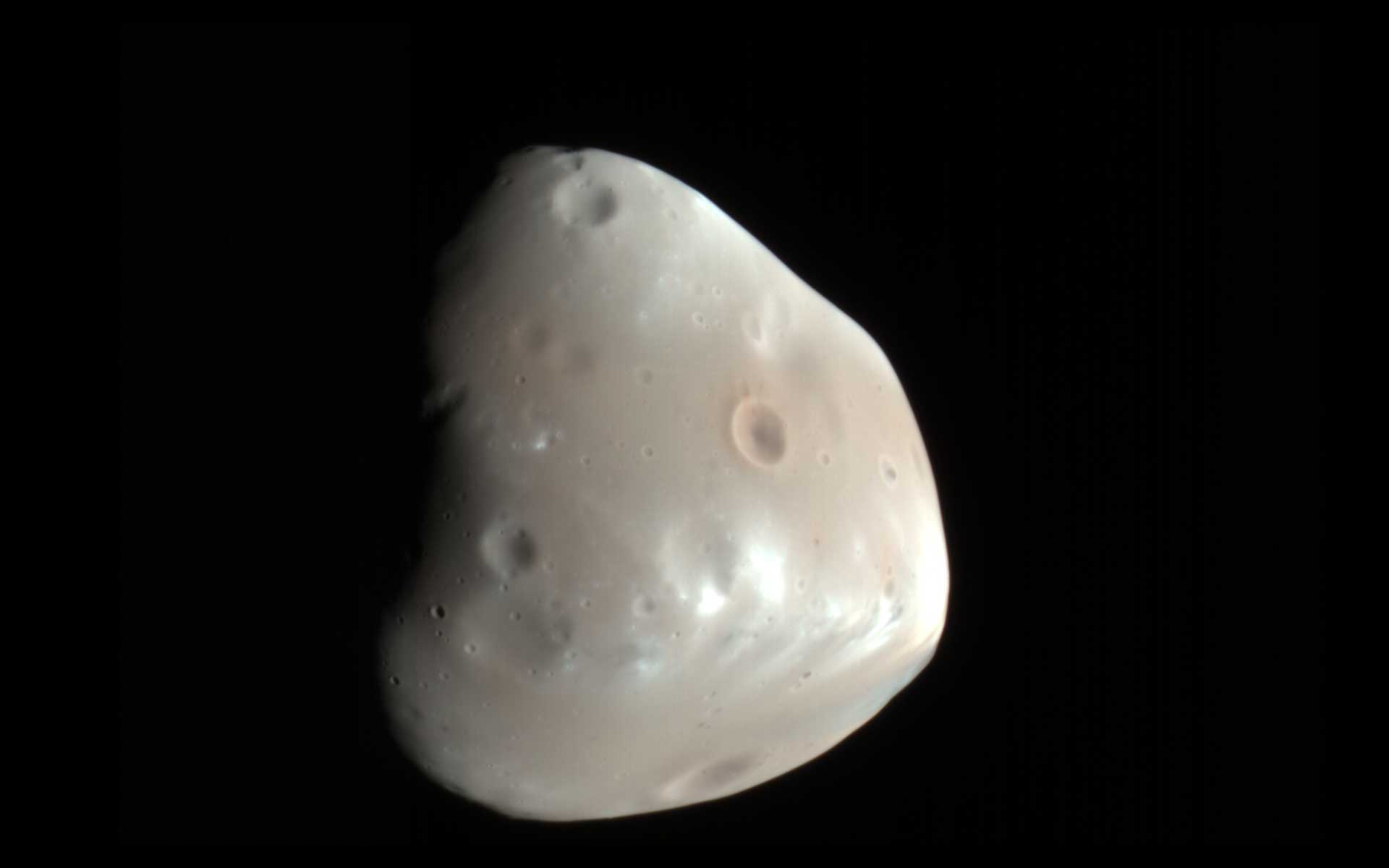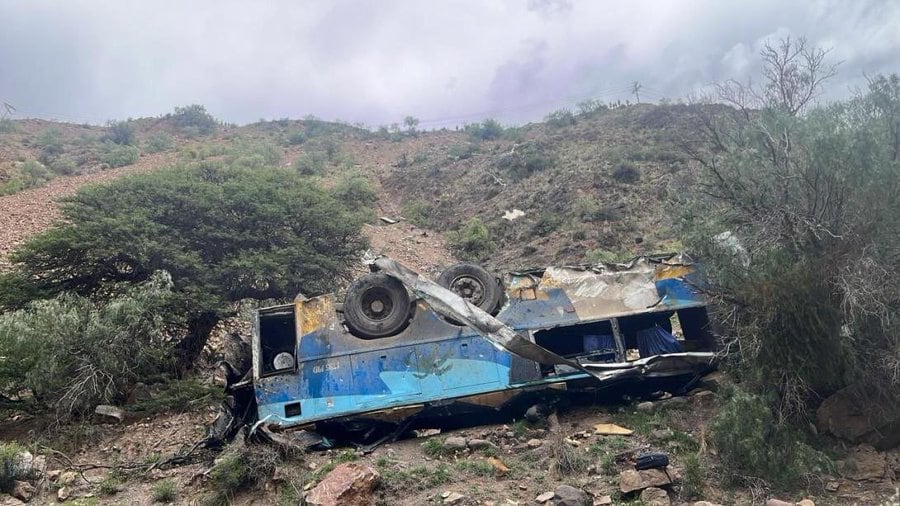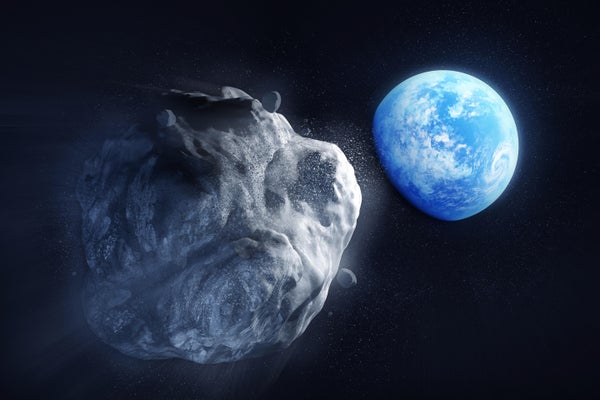NASA Confirms: Deadly Asteroid Could Wipe Out Entire Cities in 2032
NASA has identified a ‘City-Killer’ asteroid, 2024 YR4, with a 2.1% chance of impacting Earth on December 22, 2032. Potential impact zones include major cities across South America, Africa, and Asia. Scientists warn of devastating consequences, including city-wide destruction and tsunamis. Read the latest updates on tracking, mitigation plans, and NASA’s response.

Discovery and Confirmation On December 27, 2024, astronomers using the Asteroid Terrestrial-impact Last Alert System (ATLAS) telescope in Chile detected a new near-Earth object, designated 2024 YR4. Initially dismissed as a routine asteroid sighting, subsequent analysis revealed a 1.6% probability of impact with Earth on December 22, 2032. Later refinements increased this estimate to 2.1%, making it one of the most significant asteroid threats ever recorded.
NASA’s Center for Near Earth Object Studies (CNEOS) and the European Space Agency (ESA) promptly listed 2024 YR4 on their risk assessment databases. The asteroid is currently rated Level 3 on the Torino Impact Hazard Scale, a classification indicating an event that deserves careful monitoring due to its potential consequences.
Potential Impact Zones and Consequences If 2024 YR4 follows its projected trajectory, it could impact a vast "risk corridor" spanning the eastern Pacific Ocean, northern South America, the Atlantic Ocean, central Africa, the Arabian Peninsula, the northwestern Indian Ocean, and South Asia. Countries within this zone include Venezuela, Colombia, Ecuador, Nigeria, Sudan, Ethiopia, India, Pakistan, and Bangladesh.
The estimated size of 2024 YR4 ranges from 40 to 90 meters in diameter. A direct impact could produce devastation similar to the 1908 Tunguska event, which leveled 830 square miles of forest in Siberia. If the asteroid were to strike a populated area, it could obliterate an entire city, causing widespread destruction and loss of life. An ocean impact, while reducing direct casualties, could trigger massive tsunamis affecting coastal communities.
Scientific and Government Response Following its discovery, planetary defense organizations worldwide have intensified their observation efforts. Colin Snodgrass, an astronomer at the University of Edinburgh, emphasized the importance of continuous tracking:
“The first step in the planetary defense response is to trigger further observations. If these observations don’t rule out an impact, the next steps will be more detailed characterization measurements using telescopes and discussion of what space agencies could do in terms of more detailed reconnaissance and eventually mitigation missions.”
NASA and ESA are currently refining their calculations with new observational data to narrow down the asteroid’s exact trajectory. If impact risk remains high, emergency planning and possible asteroid deflection strategies will be considered.
Can We Prevent a Collision?
While no immediate action is necessary, NASA and other space agencies have developed potential mitigation techniques. The most promising strategy is the kinetic impactor technique, which involves crashing a spacecraft into the asteroid to alter its trajectory. This method was successfully demonstrated with NASA’s DART (Double Asteroid Redirection Test) mission in 2022. Other possibilities include gravitational deflection, in which a spacecraft slowly pulls the asteroid away from its collision course.

What Happens Next?
The next critical observation window for 2024 YR4 will be in 2028, when the asteroid makes a close approach to Earth. This event will allow astronomers to refine impact predictions and determine if planetary defense actions are required.
For now, while the asteroid’s 2.1% chance of impact remains a concern, the vast majority of scenarios still suggest a 97.9% chance that 2024 YR4 will safely pass by Earth. However, experts emphasize that continued monitoring is essential as even small trajectory shifts could alter its path toward a potential collision.
As of now, governments, space agencies, and scientists remain vigilant and prepared, ensuring that should the need arise, humanity has the means to deflect or mitigate the impact of 2024 YR4 before it’s too late.
What's Your Reaction?



























































format(webp))


























